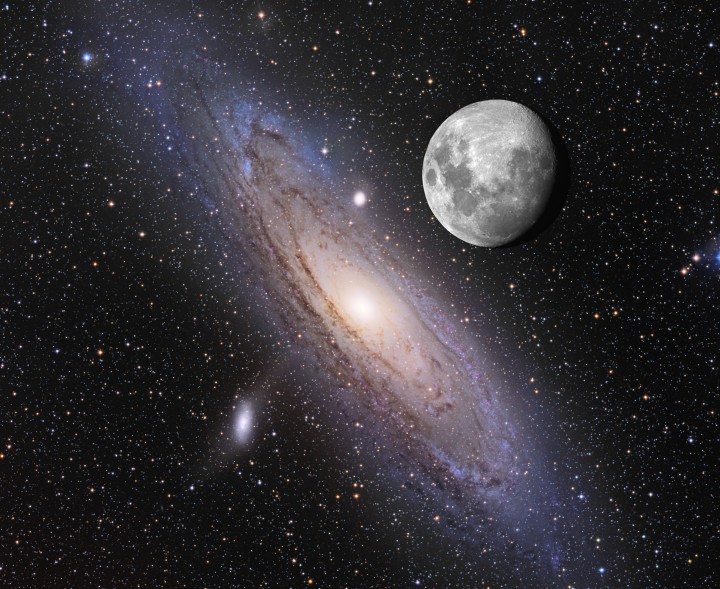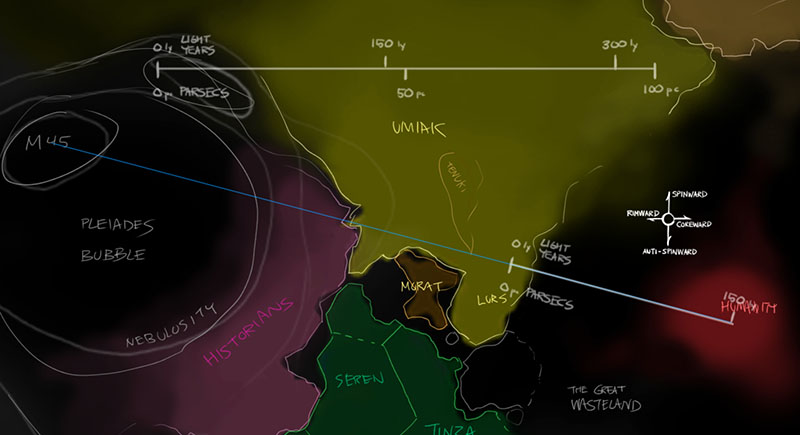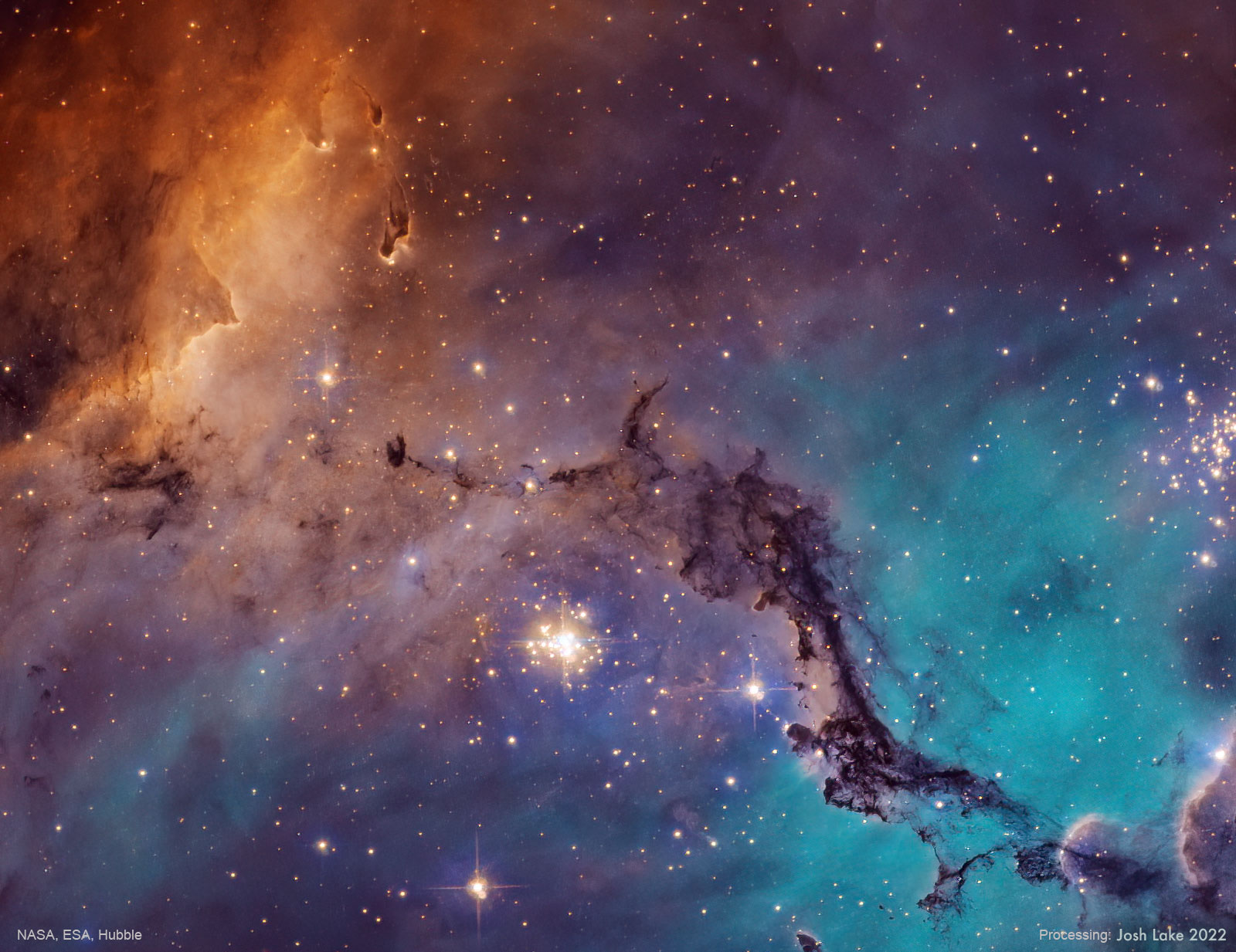This is really only true for current telescopes like the Hubble, which was never really designed for this task in the first place, and is very small compared to the size of vessels that are being built and used in Outsider.
The James Webb, if it ever gets off the ground, should be able to directly image very cool objects, and it's only a 6.5m diameter aperture. If the Terrestrial Planet Finder-C hadn't been defunded, it would have been able to directly detect Earth sized planets up to 30 light years away, with an 8m x 3.5m oval shaped aperture.
Put a 30 meter aperture in space and one would be able to detect Earth sized planets from a very long distance. Then there's the option of using distributed imaging, taking a hundred shuttles with, say, a 5 meter lens each and spread them out across a light second.
Not that Outsider needs to have any changes, of course. There's not much incentive to look beyond one's next jump when they can actually get there in their lifetime, but in real life, we should be starting to get direct images of terrestrial planets in the next generation or two of space telescopes.






